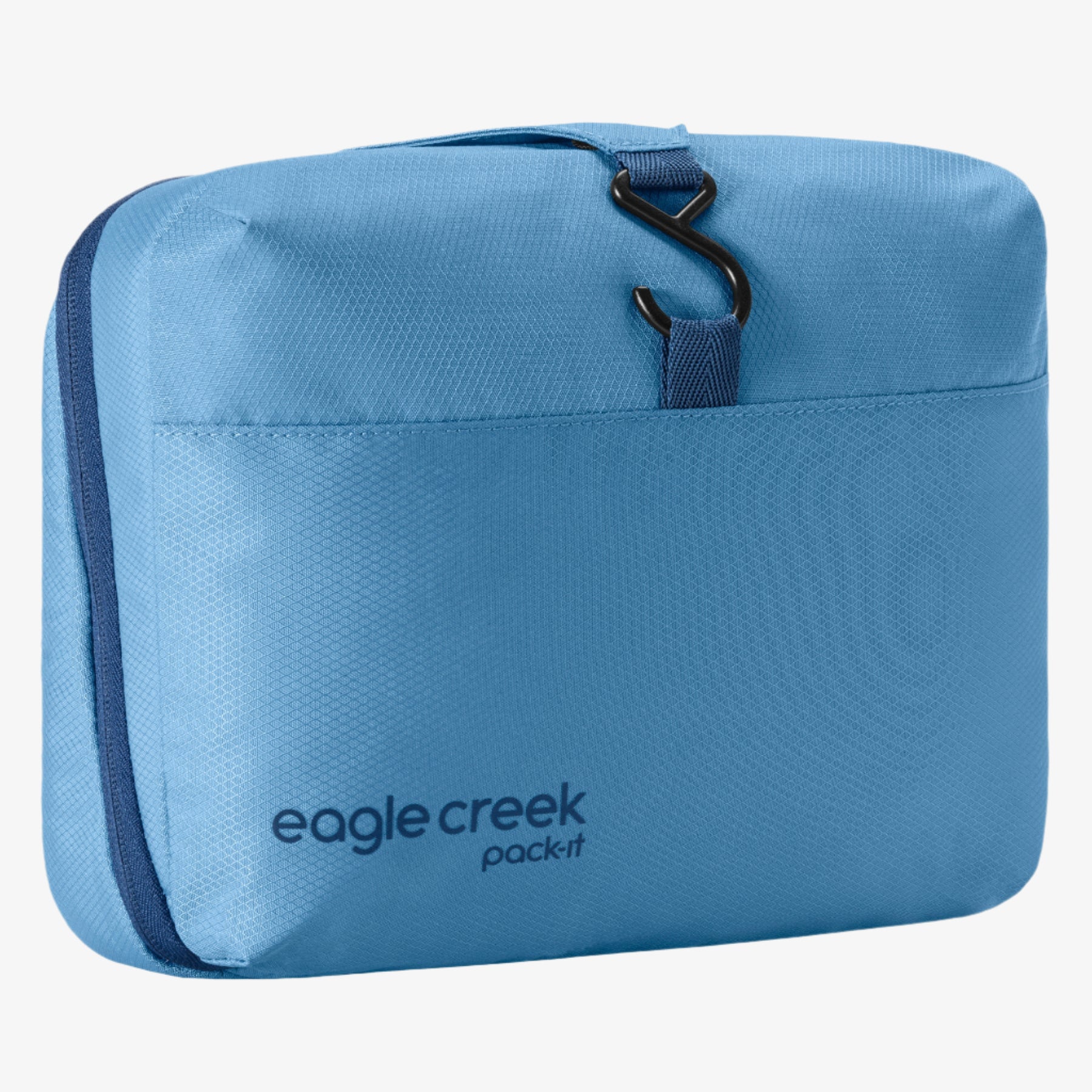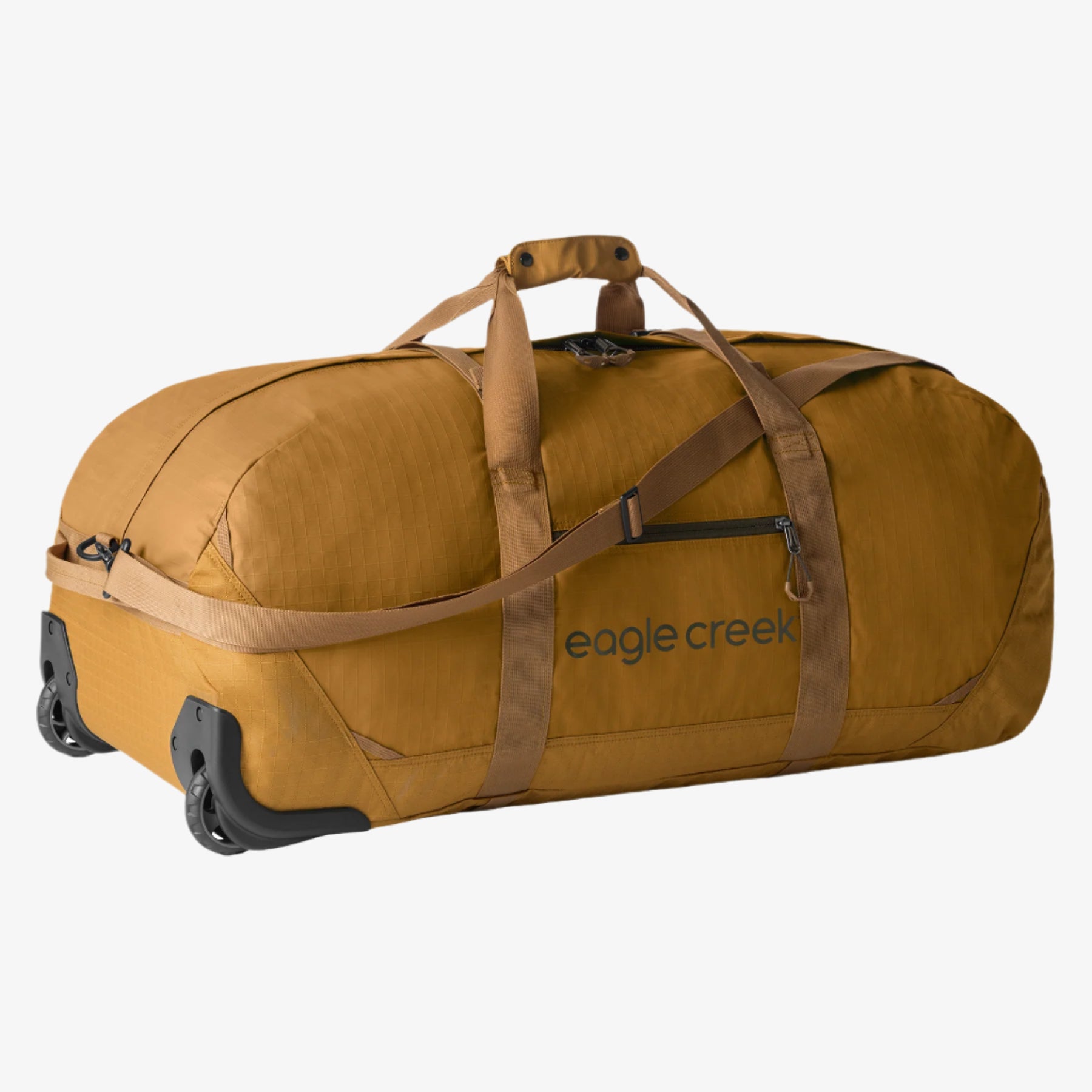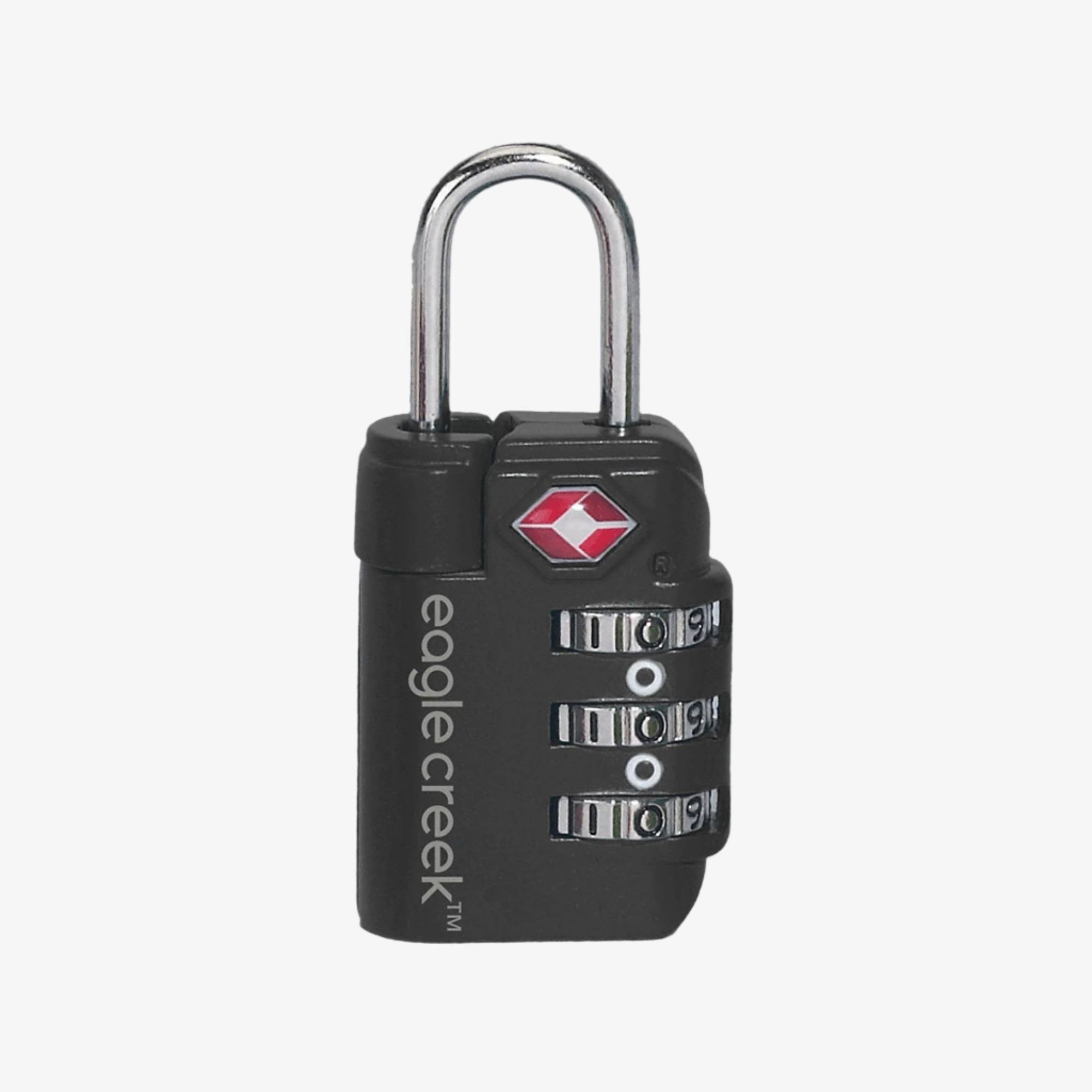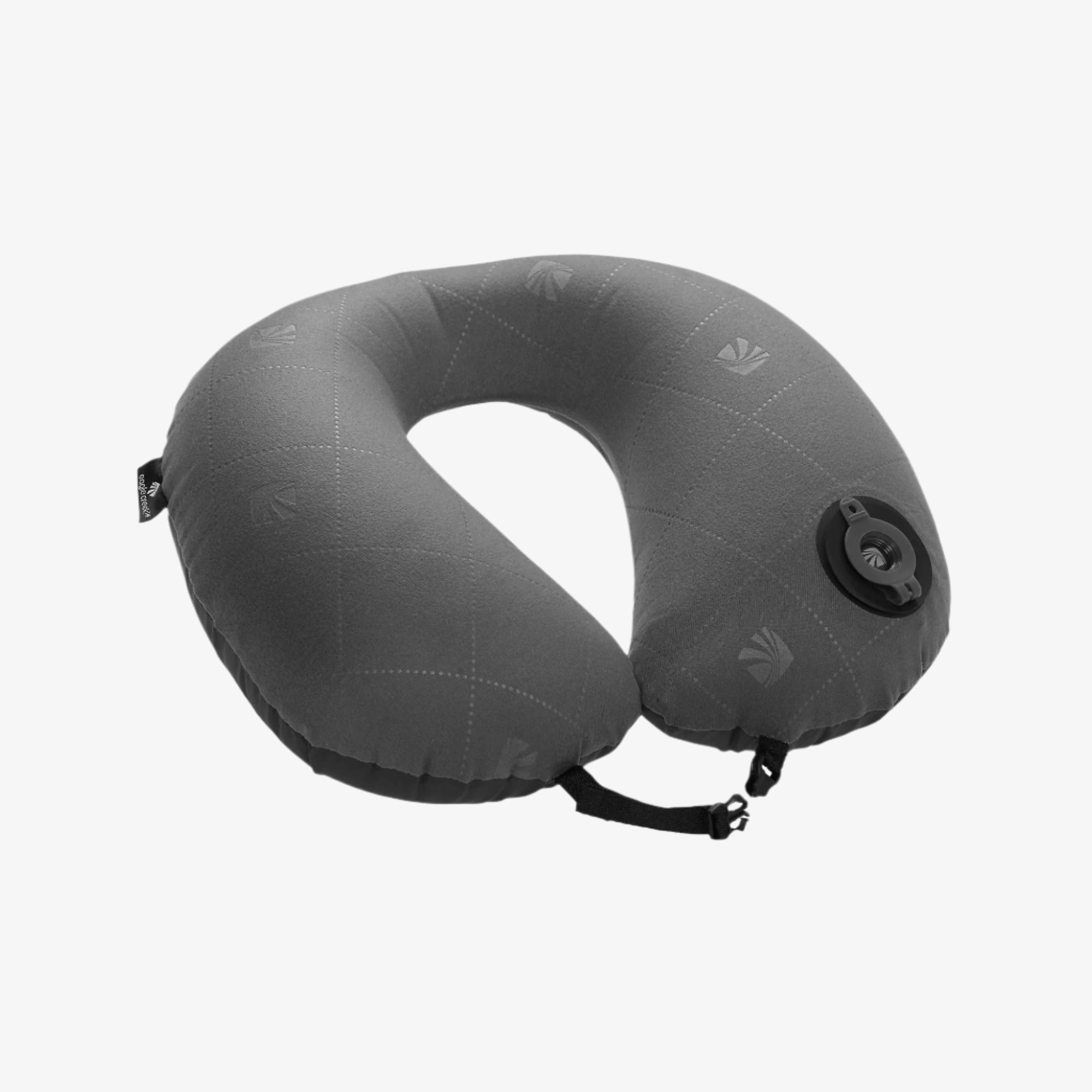Hitting the road with your furry friend can be an incredible experience, but it comes with some additional logistical considerations. If you’re planning a trip to go camping with your dog, by taking a few simple precautions you can create a comfortable, low-stress experience, so you can truly enjoy your time out in the wild together.
On Leash vs Free Range
Temptation abounds for your dog in the outdoors, from the irresistible aroma of your camp neighbor’s sizzling steaks to the scurrying squirrels and birds that would be perfect for a good chase. It’s important to remember, most pet-friendly campgrounds have leash requirements for the safety of all campers and their pets. Leash requirements vary from location to location, but the general rule is that the leash is no longer than six feet long and mustn’t extend beyond the boundaries of your campsite. Some places may have additional restrictions, such as no retractable leashes.
When camping in the backcountry or hiking on wilderness trails, for your dog’s safety, for the happiness and safety of the animals that live in the wild, and for the health of the surrounding natural environment, using a leash is the best option.
Paperwork For All Occasions
Make sure your dog is up to date with all their shots and is microchipped. On every trip I take my dog on, I always carry a folder with basic paperwork—even on short trips, it helps to have everything in order. I keep shot records along with a health certificate that’s updated annually. I will update the health certificate for border crossings within a week of making the crossing as well. The rabies vaccination is the big one to prove. I also carry microchip paperwork with the contact info for the microchip company. This ultimately helped me recover my dog and will be your key to recovering your dog if anything should happen.
Temperature Control is Everything
Dogs are temperature sensitive and you really need to understand the breed and comfort zone for your furry friend. Large breeds and double coat breeds can overheat easily and it’s critical to keep them cool. This often means finding shade, limiting activity during the mid-day hours and camping near water where they can cool down.
Short hair breeds can also struggle in cold environments. Utilize sweaters to warm their core and provide plenty of blankets for nesting when camping in cooler climates. Take advantage of your heater and air conditioning while driving to stabilize temperature after hiking and exploring outdoors as well.
Creating a Comfortable Space
Camping is simple and dogs really don’t need much to be happy outdoors. If they’re new campers, making them feel at home is important. Bring a favorite toy, dog bed, and dog blanket along that has all the smells of home. If you plan to leave the dog tethered while you walk out of sight, say to the bathroom, leave behind a dirty shirt of your own. Having your smell close eases their worries of being left behind.
Additionally, bring along some treats and something to keep them busy. Peanut butter hidden in a toy is an old favorite for high energy dogs. Use a leash when in the presence of wildlife and always store dog food and treats in a locked vehicle or bear proof container. Critters love dog food and it’s best stored out of sight.
Camping with your best friend is a blast and after a trip or two, most dogs quickly acclimate to enjoying the great outdoors. If you’re doing a longer drive to get to your campsite, it’s worth checking in on road trip tips with your dog to make sure the drive goes smoothly. Take your time, keep them hydrated, and comfortable and go make some great memories.






































